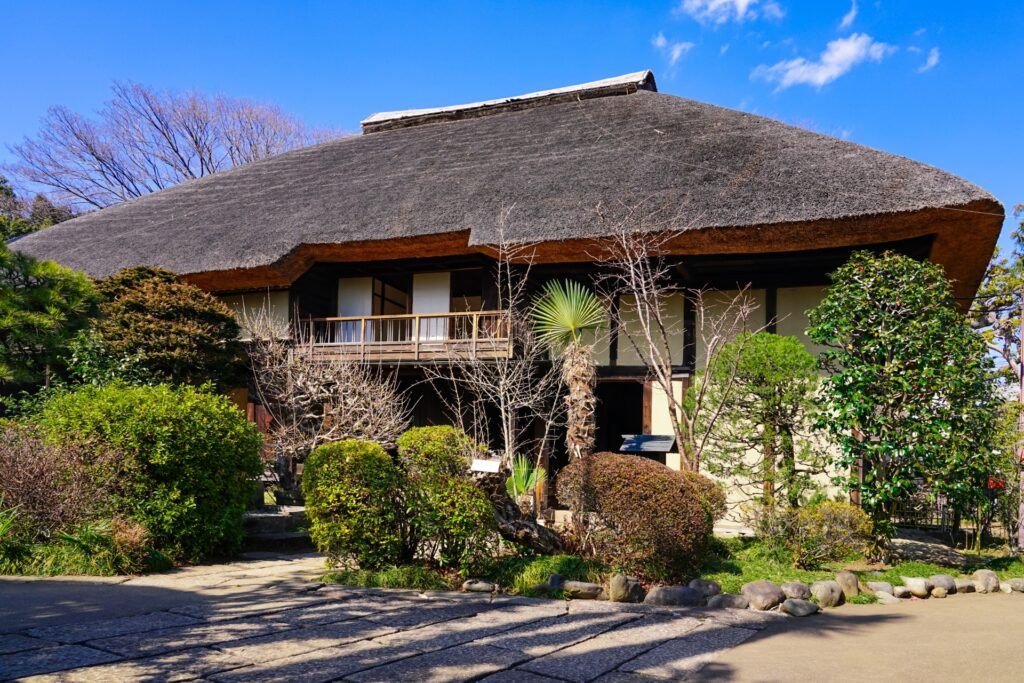While not technically museums, many daimyo yashiki (feudal lord mansions) in Tokyo are open to the public, offering a glimpse into the luxurious lives of daimyo and their families during the Edo Period (1603 – 1868). The military dictatorship of Japan at the time was called the Tokugawa Shogunate, and they knew that daimyo who did not subscribe to the regime’s policies could potentially cause an uprising in the long-term. In order to prevent any chance of a rebellion, the Tokugawa Shogunate implemented strategic methods to control daimyo. One of the methods was called sankin kotai where the families of daimyo were forced to permanently live in the Tokugawa capital of Edo (modern-day Tokyo) as hostages.

This ensured the subservience of daimyo to the Tokugawa military regime. As part of the system, daimyo also had to travel back and forth between Edo and their own domains throughout the year. The exorbitant costs of having to maintain two lavish residences and traveling long distances frequently, also placed an incredibly high financial burden on the daimyo–another strategy by the Tokugawa Shogunate to keep them weakened.
So, the daimyo yashiki you can visit now in Tokyo are those where the daimyo’s families lived.
One such place I visited is Ichinoe Nanushi Yashiki, which, although not belonging to a daimyo, was the residence of the influential Tajima family in the Edogawa riverbed area. A memorable detail from my visit was the small boat stored in the attic, kept there for emergency escape during frequent river floods. It was fascinating to see firsthand how people lived centuries ago.
Ichinoe Nanushi Yashiki: https://www.city.edogawa.tokyo.jp/e_bunkazai/bunkazai/nanushi-yashiki/index.html
Google Maps: https://maps.app.goo.gl/b3Ee6NsB5AnYozWD6
